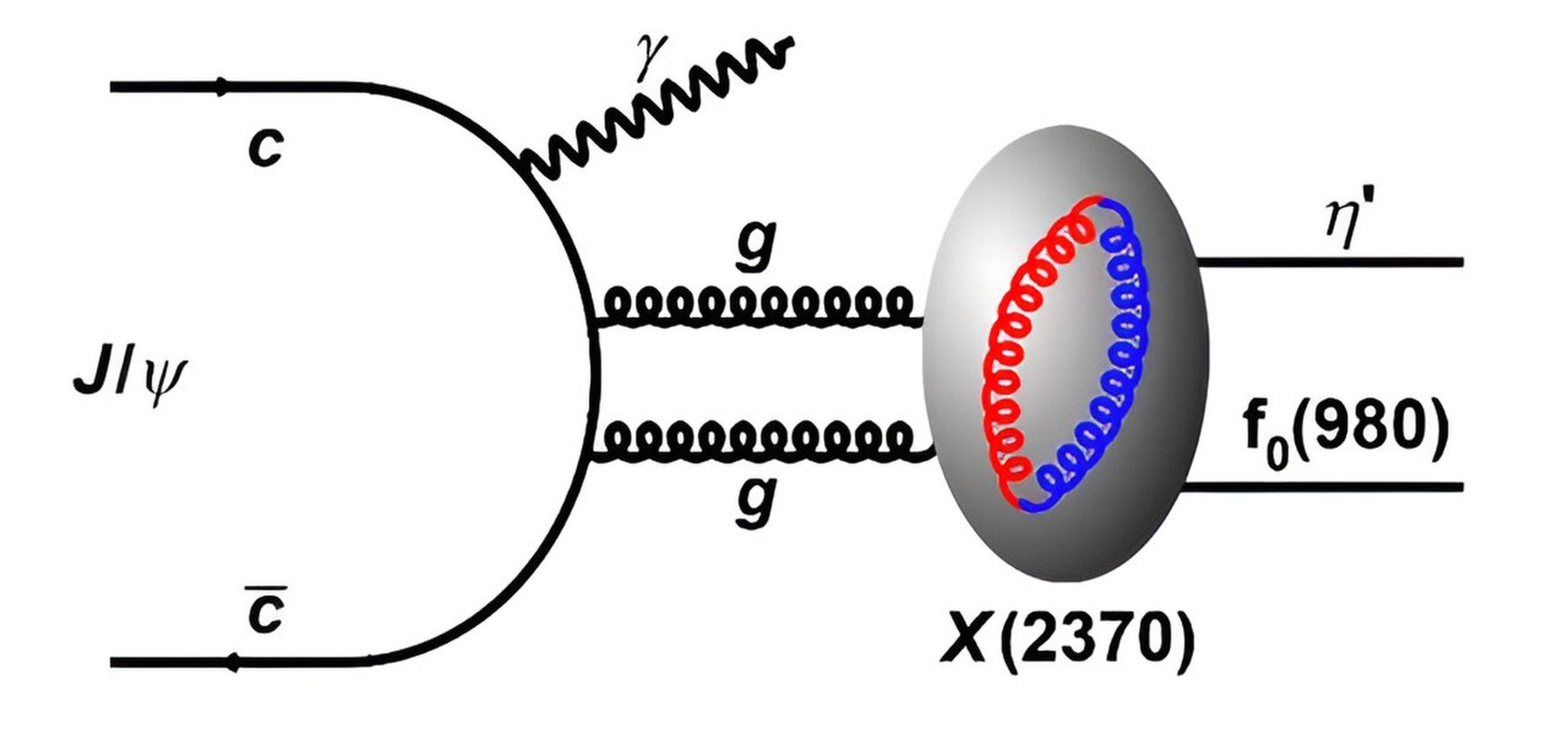
Did scientists just find the first ever glueball using Beijing’s particle collider?
- After experiments at the Beijing Electron Positron Collider, physicists discovered particle X(2370) which they think may be a glueball
- If it is the long-theorised glueball – a particle made entirely of gluons – it would go a long way to backing up the Standard Model
An international team has found the strongest evidence yet for the existence of a theorised particle known as the “glueball”.
According to the Standard Model, glueballs consist entirely of gluons – a massless, “sticky” particle that bonds quarks together to form protons, neutrons and other components of matter in an interaction known as the strong nuclear force.
They are not only unique as the only particles made of pure force, but also elusive – no one has ever seen or detected one before.
Looking at its key properties, including its mass and spin, the team found it was a good match for those predicted in glueballs that comprise two gluons.
The research, which involved around 600 scientists across 17 countries, was detailed in a report this month in the journal Physical Review Letters.

“Our results are consistent with the features of the lightest glueballs predicted by the Standard Model, and therefore provide strong evidence in support of the existence of glueballs,” said Jin’s colleague Huang Yanping from the Institute of High Energy Physics in Beijing.
The researchers reported a 11.7-sigma statistical significance for their results. In particle physics, 5-sigma significance is the gold standard for announcing a bona fide discovery, meaning that there is a 0.00006 per cent chance for the study to be a statistical fluke.
While experimentalists celebrated the detection, theorists cautioned that more work was needed to confirm if those were pure glueballs, or glueballs mixed with conventional particles made from quarks.
“In the theoretical world where there are only gluons, but no quarks, glueballs are well-defined particles,” theoretical physicist Craig McNeile from the University of Plymouth in Britain, said on Wednesday.
Therefore, the X(2370) particles could be something else, such as an excited version of the so-called eta mesons, which are mostly made of quarks and antiquarks, he said.
Future experiments in China and Europe should be able to do more analysis and help rule out such scenarios if the particles were indeed isolated glueballs, he added.
Frank Close, emeritus professor of theoretical physics at Oxford University, hailed the study as “tantalising” and “encouraging”. However, he said the idea of a pure glueball was simplistic.
“This is at least an interesting step along the way,” Close said. “Until it is replicated in further experiments, I remain cautious.”

